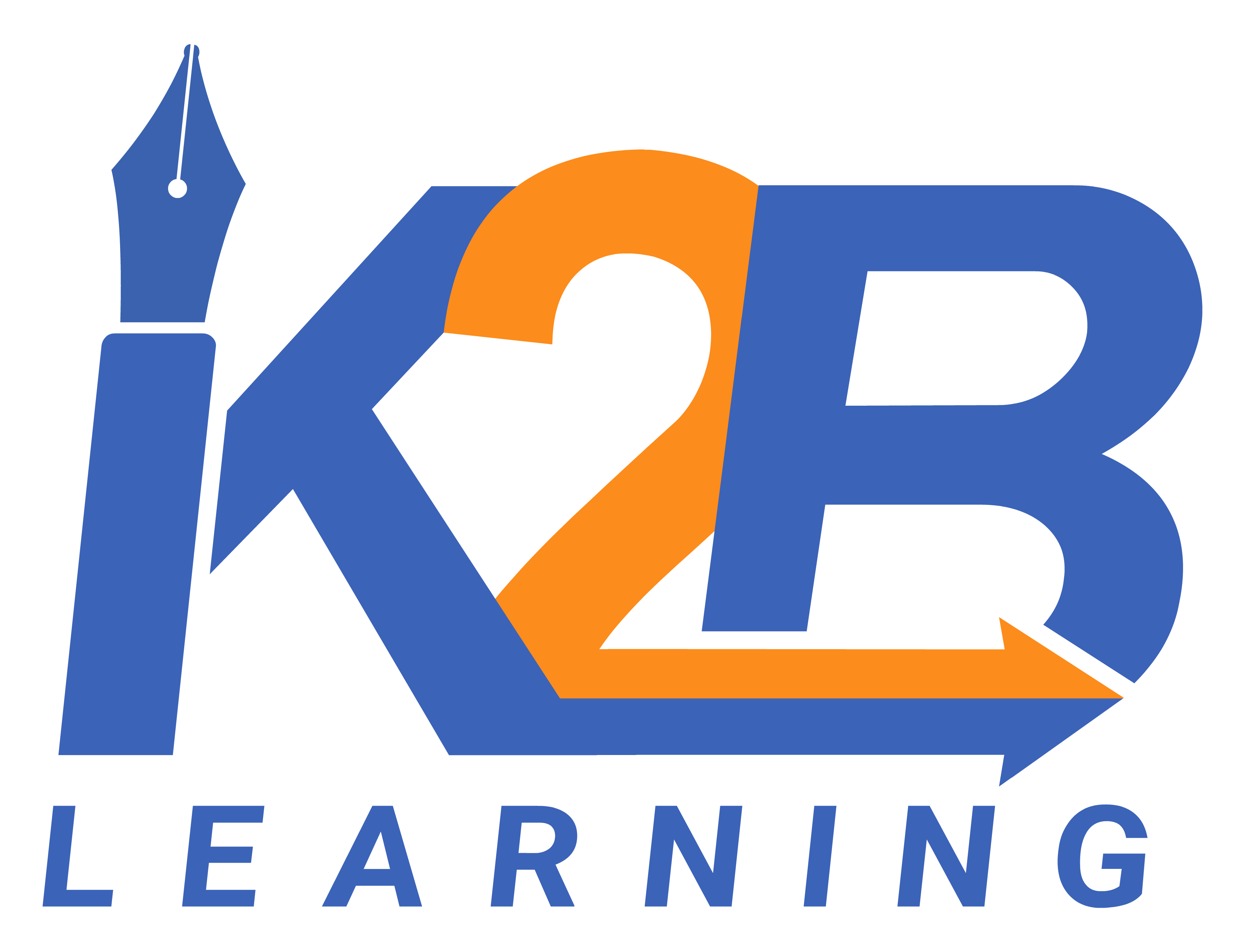An organisation today cannot assure its employees’ growth in terms of skills and knowledge by relying on hiring them from well-ranked institutions alone. Organisations must create their own learning and development framework to ensure their employees’ growth.
They have realised that institutionalised education becomes outdated too quickly for them to rely on it for any measurable value. It is the organisation’s planned learning and development framework that can potentially transform its workforce into a formidable team that is ready for the challenges of the modern age.
The approaches to learning and development
Organisations today have learnt the importance of learning and development and they hire learning managers, training officers and chief learning officers to help them in that task.
Due to the fast paced business change in the industry, it is prudent of them to take steps to make sure that their workforce is adequately trained and equipped to be effective. The start of this is the establishment of the learning plan. The learning plan must be holistic and consist of all the following methods, to be truly effective.
- Organisation wide learning plans focus on the learning of the entire organisation to be aligned with the organisation goals, vision and overall culture. They are also conducted to make the employees aware about important policies, good practices and general ‘dos’ and ‘don’ts’ in the office.
- Team wide learning plans are geared towards training a team (a group of 3-15 people generally) on a specific methodology (like Kanban for example) or on a discipline (like financial modelling) or even on a domain (like insurance). These trainings can be molded to be fortnightly affairs as per the team’s availability and time-zones.
- Individual learning plans are devised by the employee’s immediate line manager or team manager to help the employee ascend through a series of trainings on very specific skill-sets. An important part of the training schedule is the certification process that helps formalise a set of skills learnt.
- Many organisations are now turning towards the ‘Centers of Excellence’ approach where they pick different employees in different teams that belong to similar disciplines. The learning plan becomes easier and more cost-effective to manage. It also helps the organisation foster a culture of helping each other through problematic areas in disciplines.
The approach to learning is even not limited to these four ways. There are companies that want to sponsor the employee’s correspondence or even full time education.
Whatever the chosen approach may be, it is always important to set aside a dedicated budget for training and development. Even if the learning plan takes shape during the course of the year, a budget introduces an intent in the management to consider all learning exercises seriously. This seriousness trickles down effectively and positively influences the organisation culture.
Why learning and development
It is not just about making the workforce more effective but crafting a better organisation in the long run. Learning makes sure that employees are in touch with the ongoing practices and prevents obsolete standards from creeping in. Learning makes employees more confident about handling tougher, bigger tasks. A well-learned and certified team elicits more confidence in the clients and helps the organisation land bigger assignments. This feedback cycle is beneficial to the growth and maturity of the organisation.
More innovative approaches
Companies can also use different forms of innovative learning approaches. Heinz clicked well with its employees with the much talked about ‘Learning Bitez’ initiative. Employees were encouraged to ‘lunch and learn’. Small modules of training were informally delivered over lunches by managers and sometimes, trained personnel. Starting with an initial group of 600, the ‘Bitez’ program was able to amass the buy-in of larger Heinz teams around the globe.
The automobile giant, Renault followed a unique approach to the training of its employees. Branding it as ‘Leadership and Trust’, the training agency that executed this focused on the trust dynamics of teams. It was surmised that project roll-outs can be faster if teams start trusting each other. This unconventional take on productivity was deemed to be convincing and was put into action. It quickly grew to cover more than 350 managers in 11 countries and grew to be popular.
Sometimes, a bit of visibility and data analytics can do wonders to get the right buy-ins. Abbott, the pharmaceutical giant, saw success in an instructor led training program that was backed by accessibility to learning metrics. The dashboards that displayed learning metrics convinced management that their sales processes needed to be more collaborative than centered. This pulled the entire learning plan to go very well.
These examples go on to prove that learning and development need not be big and system-wide. It can be small, thoughtful and still powerful. The measure of its success will always be not how large it is but how effective the program is towards achieving the organisational goals.


